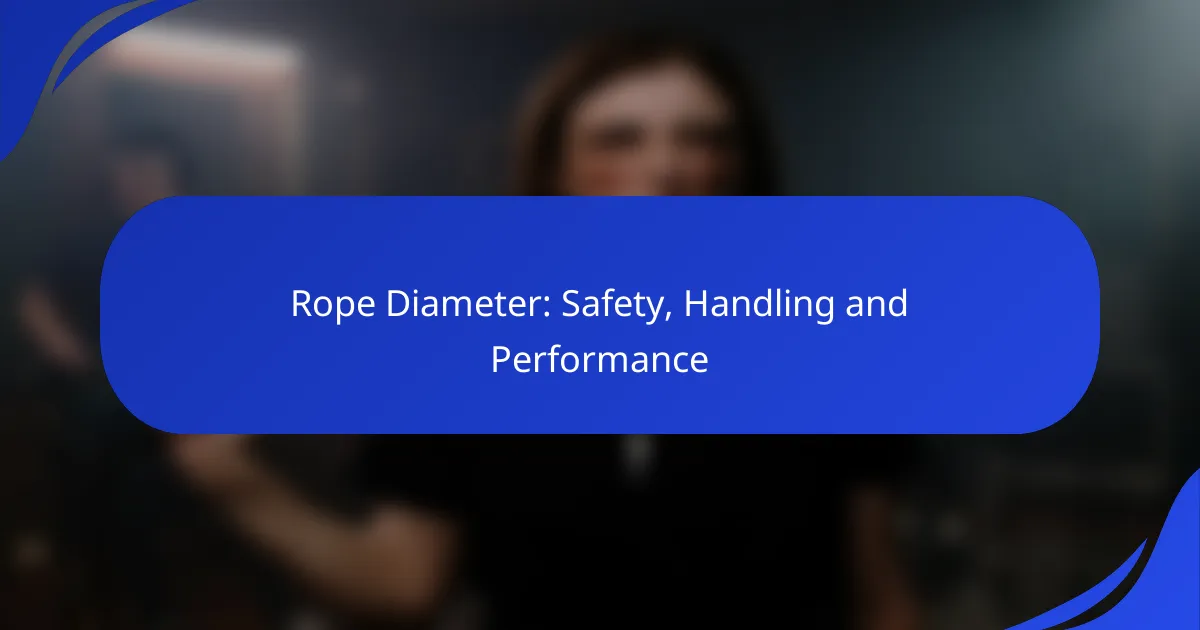Impact force ratings are essential indicators that ensure products, especially children’s toys and play equipment, adhere to safety compliance standards. By evaluating the maximum force that can be safely absorbed during an impact, these ratings play a crucial role in preventing injuries and enhancing product durability.

What are the impact force ratings for safety compliance?
Impact force ratings are critical benchmarks used to ensure that products, particularly children’s toys and play equipment, meet safety compliance standards. These ratings assess the maximum force that can be safely absorbed during an impact, helping to prevent injuries.
ASTM F963 standards
The ASTM F963 standards are widely recognized in the United States for toy safety. They specify the acceptable levels of impact force that toys must withstand without posing a risk to children. For example, toys designed for children under three years old must have a maximum impact force rating that minimizes the risk of injury during play.
Manufacturers should regularly test their products against these standards to ensure compliance. Non-compliance can lead to recalls and significant liability issues.
ISO 8124 guidelines
ISO 8124 guidelines provide an international framework for toy safety, including impact force ratings. These guidelines help ensure that toys are safe for children across various markets, promoting consistent safety measures globally. Compliance with ISO 8124 can enhance a product’s marketability in regions that recognize these standards.
Manufacturers should consider these guidelines during the design phase to avoid costly redesigns later. Regular testing against ISO 8124 can help maintain compliance and consumer trust.
CPSC regulations
The Consumer Product Safety Commission (CPSC) regulations set forth mandatory safety standards for children’s products in the United States. These regulations include specific impact force ratings that toys must meet to be deemed safe for use. Non-compliance can result in penalties and product recalls.
To ensure adherence to CPSC regulations, manufacturers should implement rigorous testing protocols and keep abreast of any updates to the regulations. This proactive approach can mitigate risks and enhance product safety.

How do impact force ratings affect performance?
Impact force ratings directly influence the performance of products by determining their ability to withstand sudden forces without failure. Higher ratings typically indicate better resistance to impacts, which can enhance durability and safety in various applications.
Material durability
Material durability is crucial in determining how well a product can handle impact forces. Products made from high-strength materials, such as reinforced polymers or metals, often achieve better impact ratings. For instance, automotive components designed to absorb shocks may use advanced composites to enhance their resilience.
When selecting materials, consider the specific impact force ratings required for your application. Higher ratings often correlate with more expensive materials, so balance performance needs with budget constraints.
Product lifespan
Impact force ratings can significantly affect a product’s lifespan. Items with higher ratings are generally built to endure repeated impacts, leading to longer service life. For example, sports equipment like helmets and pads are designed to meet high impact standards, ensuring they remain effective over time.
To maximize product lifespan, regularly inspect items for signs of wear and replace them as needed, especially if they have sustained significant impacts that could compromise their integrity.
Consumer safety
Consumer safety is paramount, and impact force ratings play a vital role in ensuring products protect users during accidents. Products like safety gear, automotive parts, and children’s toys are often subjected to rigorous testing to meet established safety standards.
Always check for compliance with relevant safety regulations, such as those set by the American National Standards Institute (ANSI) or the European Committee for Standardization (CEN). This ensures that the products you choose provide adequate protection against potential impacts.

What are the best practices for testing impact force ratings?
Best practices for testing impact force ratings involve using standardized methods to ensure safety and compliance. These methods help assess the performance of materials and products under various impact conditions, providing reliable data for manufacturers and regulators.
Drop testing methods
Drop testing methods are commonly used to evaluate how products withstand impacts from falls. This involves dropping a test object from a specified height onto a surface to measure the force of impact. Key considerations include the height of the drop, the weight of the object, and the type of surface, which can significantly affect the results.
For effective drop testing, ensure that the drop height is consistent and that the object is dropped in a controlled manner. Using a high-speed camera can help analyze the impact dynamics and provide detailed insights into how the product behaves under stress.
Dynamic load testing
Dynamic load testing assesses how products perform under rapidly applied forces, simulating real-world conditions. This method typically involves applying loads that mimic the forces experienced during use, such as impacts from machinery or vehicles. It’s crucial to use equipment that can accurately measure the force and response of the product during testing.
When conducting dynamic load tests, consider the frequency and duration of the load application, as these factors can influence the material’s performance. Utilizing sensors and data acquisition systems can enhance the accuracy of your measurements and help identify potential failure points.
Compliance documentation
Compliance documentation is essential for demonstrating that a product meets safety and performance standards. This includes maintaining records of all testing methods, results, and any certifications obtained. Proper documentation not only supports regulatory compliance but also builds trust with consumers and stakeholders.
To ensure thorough compliance documentation, create a checklist that includes test plans, results, and any corrective actions taken. Regularly review and update your documentation to reflect any changes in standards or testing methods, ensuring ongoing adherence to safety regulations.

What factors influence impact force ratings?
Impact force ratings are influenced by several key factors, including material properties, design specifications, and environmental conditions. Understanding these elements helps ensure safety and compliance in various applications, from sports equipment to automotive safety features.
Material properties
The materials used in a product significantly affect its impact force ratings. For instance, metals typically offer higher strength and durability compared to plastics, which may deform under stress. Selecting materials with appropriate tensile strength and elasticity is crucial for optimizing performance during impacts.
Common materials include steel, aluminum, and various polymers, each with distinct impact resistance characteristics. For example, steel can withstand higher impact forces but may be heavier, while advanced composites can provide a good balance of strength and weight.
Design specifications
Design specifications play a vital role in determining how a product behaves under impact. Factors such as shape, thickness, and structural reinforcements can enhance or diminish impact resistance. For example, a helmet designed with a thicker outer shell may absorb more force than a thinner one.
Incorporating features like crumple zones or energy-absorbing materials into the design can further improve safety ratings. Compliance with established standards, such as those set by ASTM or ISO, is essential to ensure that the design meets necessary safety benchmarks.
Environmental conditions
Environmental conditions can significantly impact the performance of materials and designs during an impact. Factors such as temperature, humidity, and exposure to chemicals can alter material properties, potentially reducing their effectiveness. For instance, extreme cold can make some plastics brittle, while high humidity may weaken adhesives used in composite structures.
When evaluating impact force ratings, consider the intended operating environment. Products used in outdoor settings may require additional protective coatings or treatments to withstand varying conditions, ensuring consistent performance and safety over time.

How do impact force ratings vary by industry?
Impact force ratings differ significantly across industries, reflecting the specific safety and performance requirements unique to each sector. These ratings are essential for ensuring compliance with safety standards and enhancing user protection in various applications.
Automotive safety standards
In the automotive industry, impact force ratings are governed by stringent safety standards such as the Federal Motor Vehicle Safety Standards (FMVSS) in the United States and the European New Car Assessment Programme (Euro NCAP) in Europe. These ratings assess how vehicles withstand collisions, focusing on passenger safety and structural integrity.
For example, vehicles must meet specific crash test criteria, which often involve frontal and side-impact tests. Ratings are typically expressed in terms of G-forces experienced by dummies during these tests, with acceptable limits generally ranging from 20 to 30 Gs for passenger safety.
Sports equipment regulations
Sports equipment regulations vary widely, with impact force ratings tailored to the specific sport and equipment type. For instance, helmets for contact sports like football and hockey must meet standards set by organizations such as the National Operating Committee on Standards for Athletic Equipment (NOCSAE).
These helmets are tested for impact resistance, with ratings indicating the maximum force they can absorb without compromising safety. Ratings often reflect the equipment’s ability to withstand impacts of up to 100 joules or more, depending on the sport and level of play.










